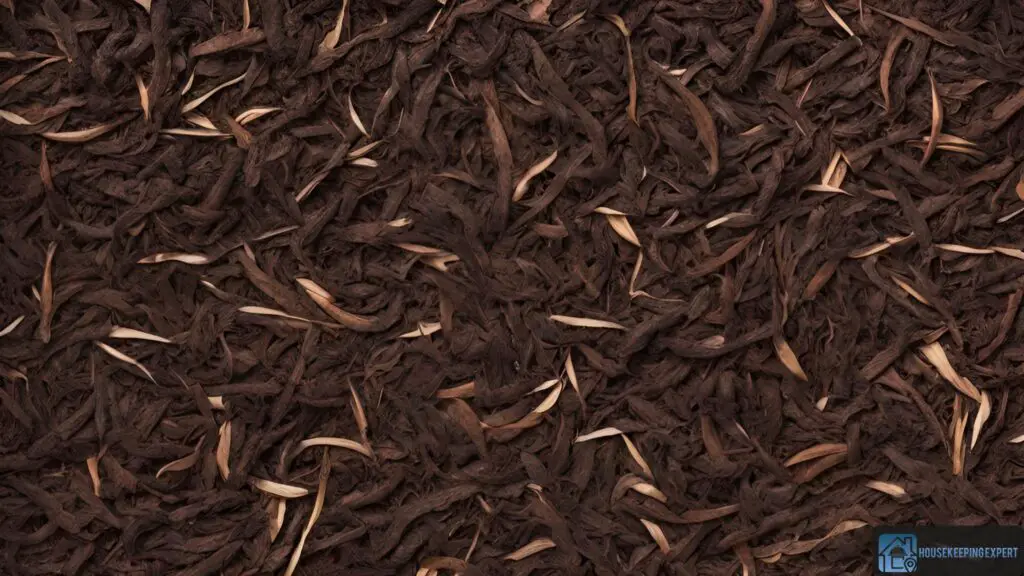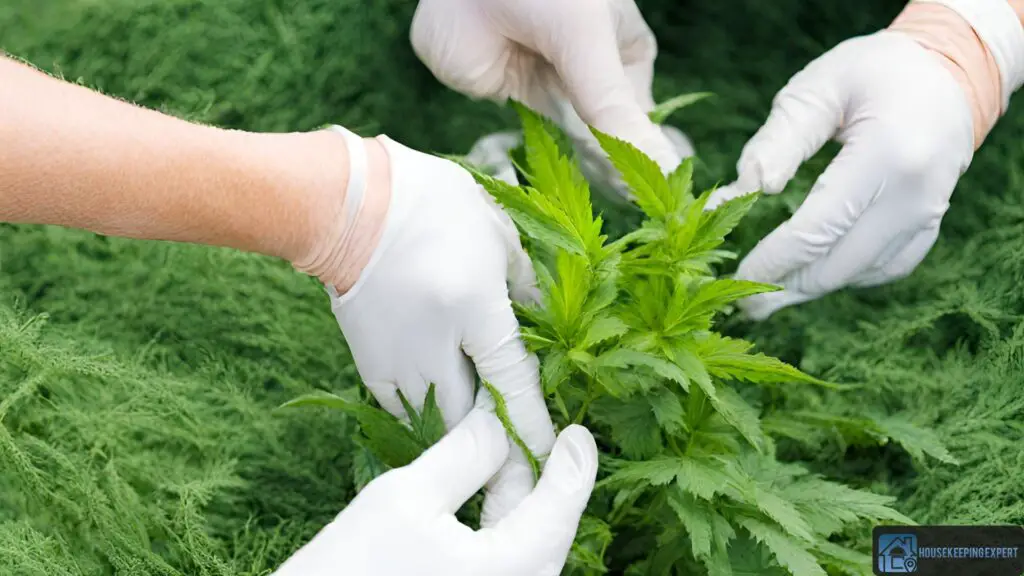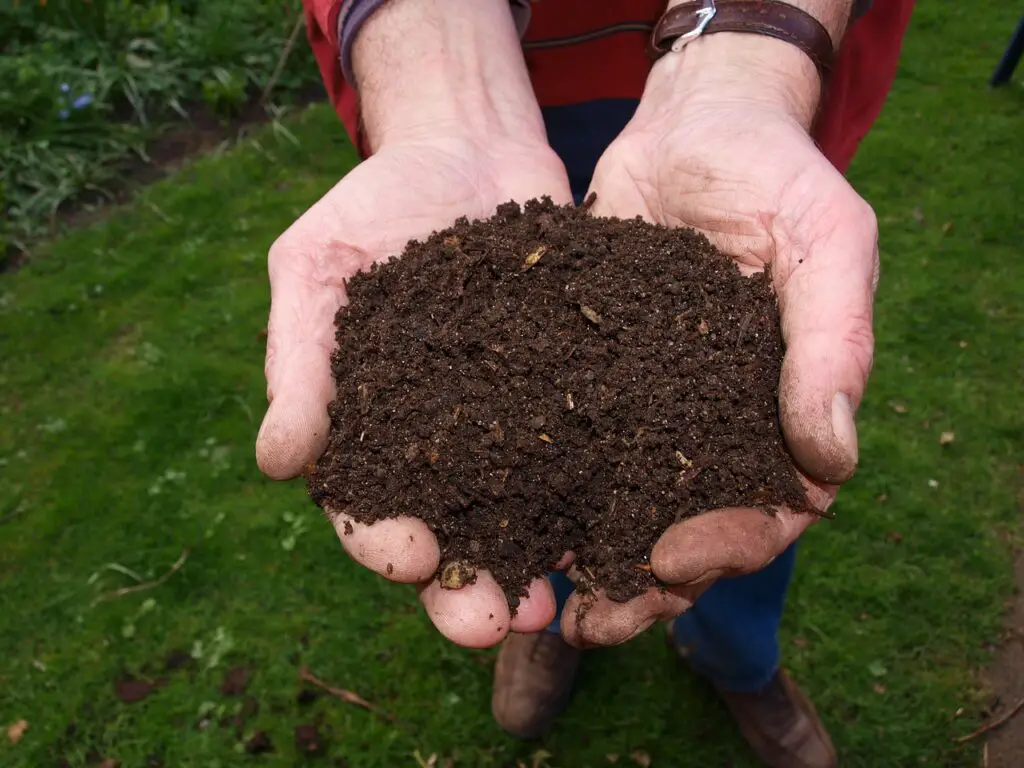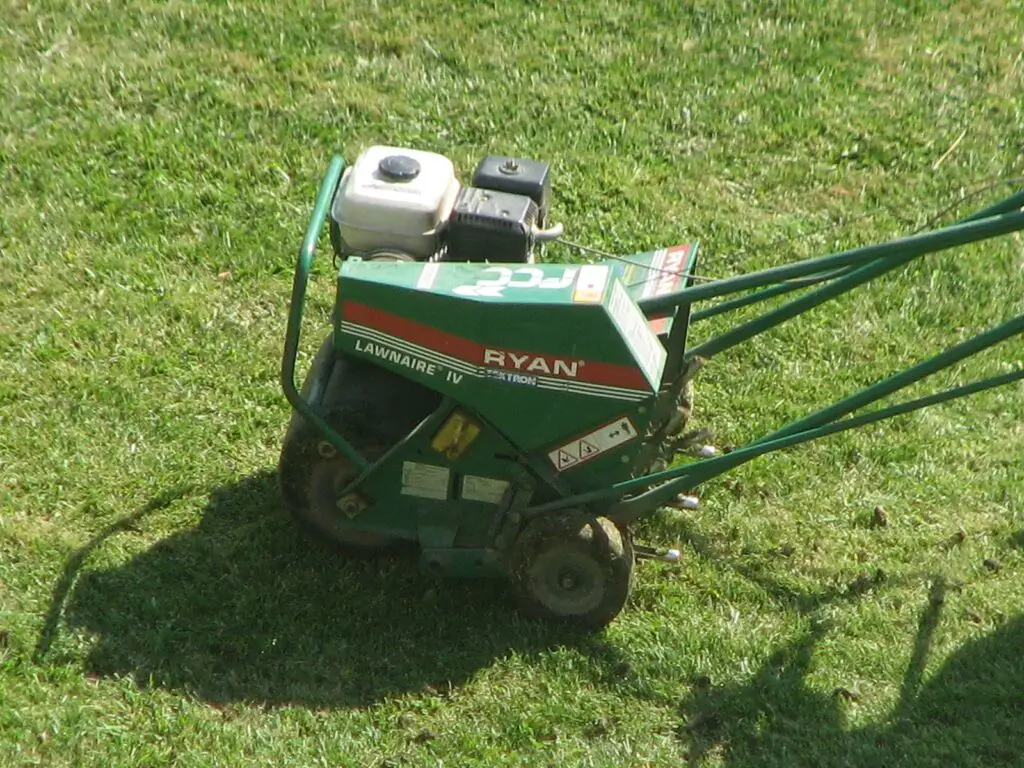Weeds are that indispensable part of your garden and lawn care that you can’t brush off to the side. Even when you think you have done everything to keep them at bay, they somehow manage to wing their way into the garden, especially around the flower beds.
While weeds might look harmless from the outside, they tend to affect the growth and quality of the flowers and the fruit trees you are growing around your garden. They are notorious for drawing the needed nutrition out of the soil, depleting the other plants of the needed nutrition.
This article will explore ways to control weeds in your flower bed and ensure optimal plant growth.
Table of Contents
Will the Weeds Harm the Flower Beds?
Even if you don’t have a lot of ideas about weeds and how they work, you probably know that they aren’t your garden’s best friend.
Not only do they damage the integrity of the flower beds, but they also destroy the roots, seeds, and even the nutrient balance in the soil. So, if you are watering and mulching your soil with the hope that you will have bright and vibrant flowers, all your efforts will go to waste if weeds start growing around the flower beds.
What’s even worse about weeds is that they grow uncontrollably, especially if their seeds are deep-rooted into the soil. You can be assured that the weed will grow season after season.
What Are the Best Ways to Control Weeds in Your Flower Bed?
1. Prioritize proper lawn care

The first and likely most crucial factor you must prioritize when removing weeds from the flower bed and lawn is ensuring optimal lawn care.
This involves good mowing and watering habits and makes the yard more resilient. Healthy lawns and gardens make the area resistant to weeds, which you must prioritize if you don’t want them to damage the flower plants irreversibly.
If working on your lawn isn’t a possibility on your part, the best alternative is to contact a professional lawn care service and let them get things done for you. They are equipped to identify the issue and implement relevant fixes that take care of the problem for good.
2. Mulch all the way

If you aren’t aware, the primary benefit of mulching is that it prevents the weeds from getting direct light, thereby preventing their growth.
Besides that, organic mulch has contents that attract crickets and beetles that eat away at the weeds and destroy them from the roots. Your work is to pay close attention to the mulch and replenish them as needed.
There are some downsides to using organic mulch, but overall, it is a great way to keep the weeds in check and ensure your flower bed thrives without damage.
3. Pull or dig

You can’t deny that there’s no better alternative than manual weeding. Pulling or digging out the weed is a great way to ensure that the weed is taken care of for good.
Your work starts by wearing waterproof gloves and pulling the weeds from the soil. Ensure that you aren’t digging too deep since that might pull out the sleeping seeds from the ground, making a further mess of things.
Sometimes, if you find the weed regrowing despite all the measures you take, the weed’s root is deep into the soil. Manual weeding is the only resolution in that case.
Also read: 7 Signs of Grub Damage in Your Lawn
4. Minimize soil disturbance
Weeds have “silent seeds” that are deeper inside the soil. Too much soil disturbance will affect the dormant weed seeds inside the soil, triggering further outgrowth of weeds. So, when you are weeding, it’s essential that you work gently and don’t pull out the roots rigorously.
5. Make use of compost

We know how good compost is in keeping the soil nutrient-dense. But we don’t realize that they are great for keeping weeds in check. Studies indicate that covering the flower bed with organic and good-quality compost prevents the germination of weeds.
Doing so quite religiously will thus ensure that your flower beds are devoid of weeds, and you can rest easy and grow your plants without any interruptions. Many believe compost offers the soil the necessary nutrients and makes the area inhabitable for the weeds, thereby keeping their population in check.
6. Starve the weeds of sunlight
Like most other plants, weeds need a light source to grow optimally. This means that if the plant isn’t getting the necessary sunlight, it will eventually die or not grow as expected. Some of the best ways to prevent light from seeping into the soil are:
- Mulching
- Using plant ground cover
- Applying a physical barrier
You should pick the best option for your budget and the kind of garden and flower bed you have going. The only goal is to prevent the weeds from getting the light they need to thrive in the soil.
7. Cut the heads
We don’t realize this sometimes, but weeds are powerful and deeply rooted in the soil. In that case, your best way out of the situation is to snip off their heads. So, when it comes to controlling weeds in your flower bed, snipping off the heads is your best way out.
When you cut the heads, it exhausts them of their relevant food supply, eventually preventing them from further spreading.
Since weeds are thick and resilient, you might have to use good-quality pruning loppers to cut the head and eliminate their growth for good from the area.
8. Using kitchen remedies

Items like vinegar have a proven track record of eliminating weeds and killing them for good. But the only issue is that you’d have to work things out a few times.
But there are risks, too. Using too much vinegar will alter the soil’s pH, which can end up killing the plants growing in the flower bed. That’s something we’d suggest you keep in mind before trying this remedy.
Also read: How to Get Rid of Brown Patches in Your Lawn
9. Keep the edges trimmed
Another quick tip is to cut down the grass edges and the garden areas. Trimming and maintaining the flower bed prevent regrowth and spread of the weed in the adjoining areas, something that you’d have to pay close attention to.
If you don’t have time for this, another alternative is to grow perennials by the side of the garden. This should take care of things and prevent the weed from growing around the edges of the flower bed in the long run.
10. Aerate the soil

If you have the type of weed that grows deep-rooted in the soil around your flower bed, chances are it will eventually damage the soil quality to acclimatize itself. They grow well when the soil is compacted.
The best way to eliminate those weeds is by aerating the soil. Aerators are available in the nearby stores. All you have to do is buy them and then work aerating the area around the flower bed and the lawn.
11. Avoid watering
This is a hit or miss among homeowners. But, if you notice the weed growth getting out of control, we recommend avoiding watering for good. Your work is to water in a limited way, only water the plants, and avoid the soil around the weed.
This will prevent the weed from getting the nutrition and moisture it needs to grow optimally. Dried-up soil isn’t an ideal breeding ground for the weed. These are effective ways to prevent weed growth around the flower beds.
You have to identify what works best for you and then implement the relevant fix for that.
Frequently Asked Questions (FAQs)
What is the best thing to kill weeds in flower beds?
If you want quick results for getting rid of the weeds, using herbicides and chemicals to kill the weeds is the best way out. Glyphosate is an excellent chemical that eliminates the weeds from the flower beds.
How do I permanently get rid of weeds?
If you don’t have plants growing in the flower beds, using some bleach is the best tip to permanently kill weeds. You want to use good-quality undiluted bleach.
What kills weeds but not plants?
White vinegar is an effective way to kill the weeds but preserve the plant health growing in the flower beds. You’d have to be careful with the amount you use.
Why do we control weeds?
Weeds interfere with the growth of plants, especially by disrupting the nutrient balance and damaging the plants. They also carry a lot of pathogens with them, which damage the plants.
What is the chemical method of controlling weeds?
Using herbicide is the chemical method of controlling weeds. There are different types available, such as post-emergent herbicides and pre-emergent herbicides.
What salt kills weeds?
Some reports depict that using coarse-grain salt is hands down one of the most effective ways to eliminate weeds from the surroundings. It draws the moisture and kills the weed from the roots.
What kills the toughest weeds?
If you have tried all the tips mentioned but nothing is working out, using Glyphosate-based herbicides is the best way to eliminate weed. They are potent and effective in killing tough weeds.
What is the best time to control weeds?
If you take precautions with weeds, spring is the best time to eliminate them from your garden or lawn. This is their pre-growth season. Getting rid of them during this period is the best way to keep your garden looking fresh and clean.
